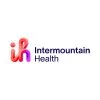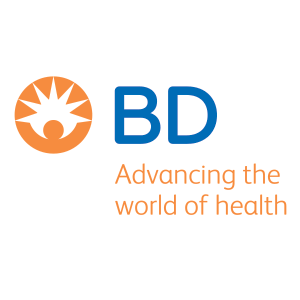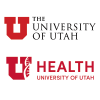
BioUtah Statement & Recommendations to Members on COVID-19
March 12, 2020
The advent and progression of the Novel Coronavirus, COVID-19, pandemic requires a proper and measured response from every company and every employee. The impact of the spread of this virus is being reflected in the stock market, reductions in travel, supply chain management, sporting events, education and mass gatherings of every kind. While the effects of COVID-19 are most detrimental to the elderly, the extreme young, the immune-suppressed and patients with significant underlying co-morbidity, the overall mortality rate associated with COVID-19 remains extremely low. Nevertheless, the spread of COVID-19 will have widespread effects on societal interactions and the ability to conduct business. Impacts on families will also be felt in the workplace.
Social distancing, contact tracing, and self-quarantine are proven methods and have been advocated as COVID-19 is transmitted by respiratory secretions and contact. Implementing social distancing in the workplace is challenging. BioUtah believes it is incumbent on every company and individual to do their part in fighting the spread of COVID-19. To that end, we provide the following observations and recommendations to our member companies.
BioUtah is here to help connect you to the resources and guidance you need as we work together to respond to COVID-19, and keep our employees and communities safe. For questions or input please contact Kelvyn Cullimore at Kelvyn@Bioutah.org.
Corporate Policy and Infectious Disease Response Plan
- Develop an overriding policy for how the company will respond to a COVID-19 outbreak and impacts. Helpful resources:
- Click here to download a copy of the World Health Organization’s guide to developing a “Strategic Preparedness and Response Plan for the New Coronavirus”
- CDC Business and Employer Guidance
- Implement a plan of action for counseling employees who are concerned they may have been exposed to the virus.
- Identify an HR point of contact
- Where to send them to get tested (https://coronavirus.utah.gov.)
- Policy for self-quarantine
- Tracing of exposure to others
- Clarify PTO and sick leave policies to encourage employees who are not well to stay home. Paid sick leave should be adjusted to accommodate the response to COVID-19.
- Understand that employees may be affected by school closures that will impact child care needs and employee availability.
- Plan for business disruptions
- Cross Train employees
- Identify critical functions to maintain operations.
- Examine supply chain vulnerabilities.
- Establish a process to communicate information to employees on the company response plan
- Coordination with state and local health officials is strongly suggested to ensure appropriate and timely actions and responses.
Maintaining a Safe Workplace
- Identify possible work-related exposure and health risks to your employees.
- Train and educate employees about COVID-19. Here are some tools:
- Utah State Task Force Slide Deck
- Governor’s Recommendations
- Poster of Coronavirus symptoms for the work place
- Poster on “What you need to know and how to protect yourself from the Coronavirus” for the workplace
- Educational videos from the CDC
- Consider flexible work schedules allowing employees to work remotely where possible.
- Socialize a practice of no hand-shaking
- Postpone any large company gatherings. For meetings of 15 or more consider virtual or remote meetings.
- Provide hand sanitizer at key touch points (copy machines, doors, etc.). Have a policy for frequent hand washing.
- Increase cleaning procedures of frequently touched surfaces
Travel Considerations
- Limit travel to only essential travel and have a clear definition of what constitutes “essential travel.”
- Monitor and share travel advisories and warning with employees.
- Click here for international travel news.
- Click here for CDC’s live Travel Health Alert Notice.
- Suspend travel to affected areas
- Develop a policy to address employees who refuse to work with co-workers returning from travel in affected regions to avoid anti-harassment/discrimination.
Quick Links to Additional Resources.
- Utah Department of Health
- Utah Coronavirus Website
- Utah Coronavirus hotline – 800-456-7707
- Centers for Disease Control and Prevention
- The U.S. Department of Labor
- The U.S. Department of Labor Worker Resources
- World Health Organization’s Coronavirus Tracker
- John Hopkins’ Coronavirus Tracker
- World Health Organization’s “Basic Protective Measures Against the Coronavirus“
- American Red Cross’ “Safety and Readiness Tips“
- Crowdsourced Coronavirus HR Resources
- BIO Coronavirus Page and BIO Business Resource Page
- National Association of Manufacturers Recommendations
Recent News
- Intermountain Health Announces New Children’s Health President and Expands Leadership Role for Hospital President to Build on Legacy of Pediatric Excellence
- Seek Labs Unveils BioSeeker™
- Merit Medical Launches the Prelude Wave Hydrophilic Sheath Introducer with SnapFix Technology
- Purgo Scientific Appoints Veteran MedTech Leader as Chief Executive Officer
- Quansys Biosciences Launches Q-View™ Imager Plus: Delivering Reproducible, high-impact ELISA Data with Ease
- Improving Women’s Health: MobileODT Joins Liger Medical










